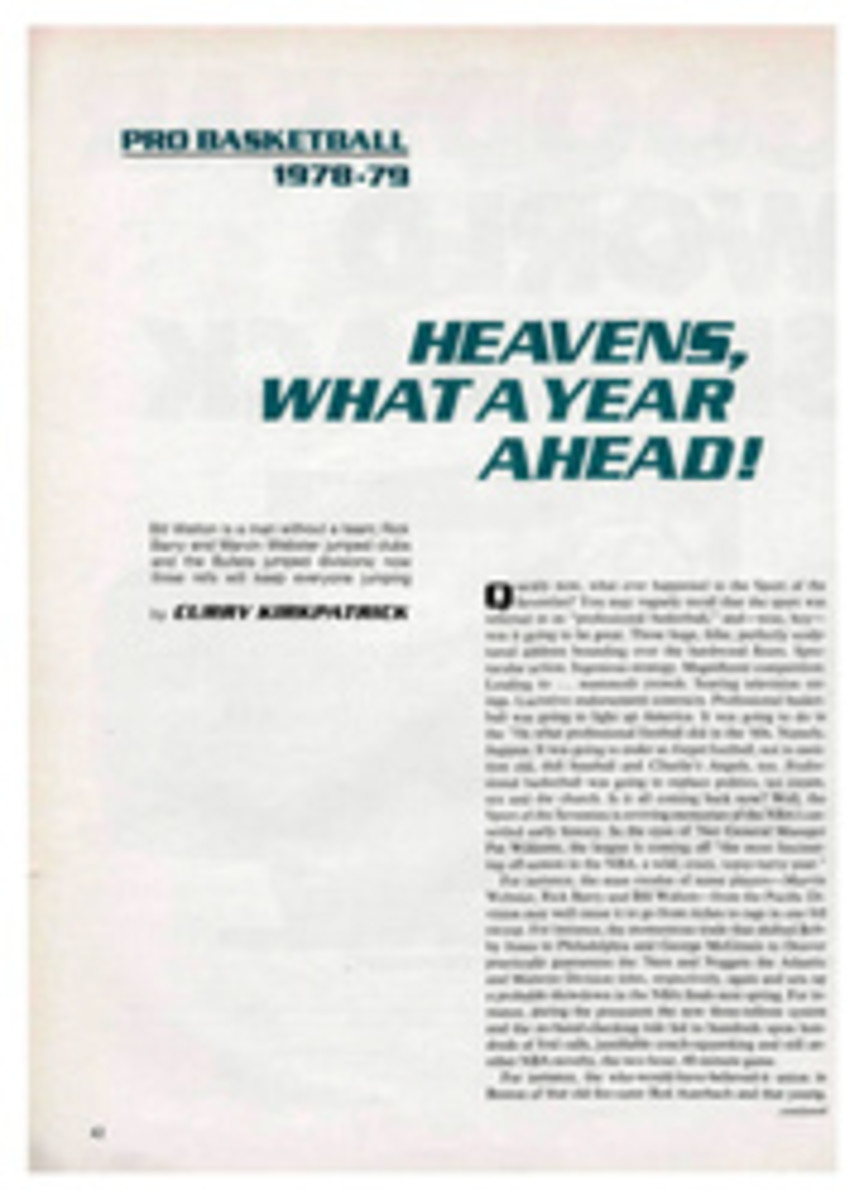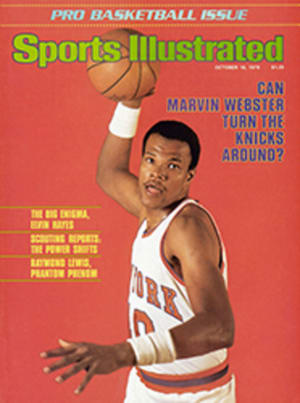
THE KINGDOME WAS A CLIP JOINT WHEN THE PAPER AIRPLANES WERE LAUNCHED
At precisely 1:15 p.m. last Father's Day in Seattle, the strains of our national anthem echoed loudly in the Kingdome as 6,174 adults and children rose to their feet, holding over their hearts sheets of paper in a variety of shapes and sizes. The World Indoor Paper Airplane Championship was about to begin. Outside, another unusual event was in progress. After a week of steady rain, the sun was shining. Sailboats dotted Puget Sound, people walked in sleeveless shirts and dresses, smiles on their faces. This upset promoter Michael Campbell.
"If the weather is nice, people may decide to spend the day outdoors," he had fretted. But shortly after noon, paper airplane enthusiasts and those who had succumbed to the newspaper stories, press releases and radio announcements began to form a line at the gates.
"...The already bulging annals of aviation (Orville, Wilbur, Lindbergh, Superman, etc.) are again going to undergo a fattening process," read an early flyer sent out by Michael Campbell Sports, Inc. "To give you an idea of the scope of this event...invitations have been sent to all 149 member countries of the United Nations. When you consider that the most nations ever represented in a paper airplane toss is a mere 28...it shouldn't take long to figure out this thing is BIG STUFF. Before a summary of the rules, it is with pleasure that we announce that a naked 1978 Toyota Celica liftback will be parked directly in the center of a large circle on the AstroTurf floor of the stadium, its sun roof open. A paper airplane that floats down and into that sun roof will earn its owner the car—lock, stock and windshield wipers.
"Each airplane constructed must be made from the official forms, Scotch tape and not more than five No. 1 standard paper clips. In the interest of science, aviation and the patron saint of such matters, Leonardo da Vinci, the planes should, in fact, resemble an airplane in design. This means no crumpling the paper into a ball and throwing it; such behavior will be indicative of the contestant not entering into the joyous spirit of this grand affair."
"Everyone has visions of driving away in that Toyota," said Campbell happily, as a corner of the huge stadium began to fill. Campbell, who started his career as a Formula C race-car driver, had given up racing in order to manage International Raceway Parks for three years, then turned to the full-time promotion of sporting events.
"I was delighted when the King County council accepted my offer to organize the paper airplane championships," he said, going on to explain that Seattle's football team, the Seahawks, aren't always, well, exciting to watch, so when fans attend the football games, they often amuse themselves by throwing paper out of the stands. "Sometimes that's the most exciting thing that happens during an entire game," he said.
Campbell excused himself to introduce former State Senator Bob Greive, one of nine King County councilmen. Greive then addressed the audience, which was generally inattentive. Most had already bought their five sheets of 100% recycled 70-weight paper and were busy folding, taping and paper-clipping it into forms vaguely resembling aircraft. Greive said that the moment he got his first look at the domed stadium, its vast interior and lofty ceiling, he thought of paper airplanes. (He did not say why.) Besides, he went on, he had attended many Seahawks' games, and those experiences had reinforced his belief that the stadium should be used from time to time for charitable purposes. He was happy to announce that Pacific Northwest Bell was underwriting the expense of this affair, and that proceeds from the sale of the paper (five sheets for $1) and T shirts ($4) would go to the local Boys and Girls Clubs. In the corridor behind the stands, hopeful contestants were milling around cartons filled with 150,000 sheets of recycled paper.
"Can I go out and throw my plane yet?" a little boy asked his mother. He had made his plane at a hot dog stand and inscribed it with his name, according to the rules.
"Not yet," said his mother. "And look, you've got mustard all over the wings." A little mustard might give the paper some weight, was the opinion of the boy's father as they headed for the third level of the stadium from which all entries had to be thrown.
The third level was about 100 feet above the AstroTurf. The Toyota gleamed below, a little silvery target that had brought at least one out-of-stater to the event (unaccountably, no one from any of the other 148 member countries of the United Nations had shown up). He was Ray Jackson of Columbus, Ohio, who introduced himself as the paper airplane champion of his state. When pressed, however, he was unable to document where or when he had won the title. He could make a plane land on a dime, Jackson nevertheless insisted. "The trick is airfoils instead of wings," he said, and hurried off to the third level.
Campbell and his crew had spent the morning laying out the target areas, with squares of brightly colored paper forming dotted lines and, within the dotted lines. Lucky Circles, constructed out of butcher paper. On each Lucky Circle was written the type of prize: tennis rackets, gift certificates from The Athlete's Foot, football tickets, record albums, Seattle Mariners' baseballs and caps, and shares of Boeing stock.
A few errant planes, thrown ahead of time, indicated the impatience of the contestants. Mostly they plummeted straight down, or turned in midcourse to nosedive into the stands below.
Announcer Mark Jeffries stepped up to a microphone near the Toyota. "The World Indoor Paper Airplane Championship will officially begin as soon as John Steiner. vice-president of Corporate Product Development at Boeing aircraft, has thrown out the first plane," he intoned. Steiner was at that moment down on his hands and knees on the AstroTurf, trying to follow the written instructions on how to make an airplane. He was assisted by a Boeing aeronautical engineer, Doug McLean, who had worked out the design for Campbell.
"Fold the paper on that center line first, then fold the wings back," McLean instructed Steiner, who had been instrumental in developing Boeing's 727 in the early 1960s, had twice been cited by Aviation Week & Space Technology and had just received the University of Washington's Summa Laude Dignatus award for 1978.
Soon Steiner was clutching, between forefinger and thumb, a craft held together with a bit of Scotch tape and a paper clip. And suddenly it was aloft. It sailed about 20 or 30 feet, then went down, falling short of the dotted lines. The contest was officially open, and a blizzard of planes hit the AstroTurf. Within an hour the aisles were full of discarded and misdirected aircraft. No one hit the Toyota, not even the self-proclaimed paper airplane champion from Ohio. Little boys who had volunteered darted around picking up misguided missiles. They were asked by Jeffries not to run too fast, because they created air currents that might deflect planes still to be thrown.
A craft looking like an Indian headdress landed near a wheel of the Toyota, to a round of applause. It had been designed by a 6-year-old boy who was quickly summoned to the microphone.
"What technical skill did you bring to your airplane design?" asked Jeffries.
"None." the kid replied.
At the end of the afternoon, he and 11 others who had landed nearest the center of the field participated in a long-distance throw to determine the champion. All but three of their planes plunged ignominiously earthward. Those three glided rather prettily to settle gently on the turf. Distances were solemnly measured, and 24-year-old Steve Monks of Kent, Wash., with a distance of 255 feet, was proclaimed the World Indoor Paper Airplane champion. Monks said he had given his plane a slight lift on two ends and put a paper clip in the middle. Greive presented him with a plaque.
The contest over, the stadium cleared quickly. Steiner had already departed, but the Toyota remained, to oversee what was going to be a massive cleanup job; 33.375 paper airplanes littered the Kingdome. They would be recycled, of course.
ILLUSTRATION

